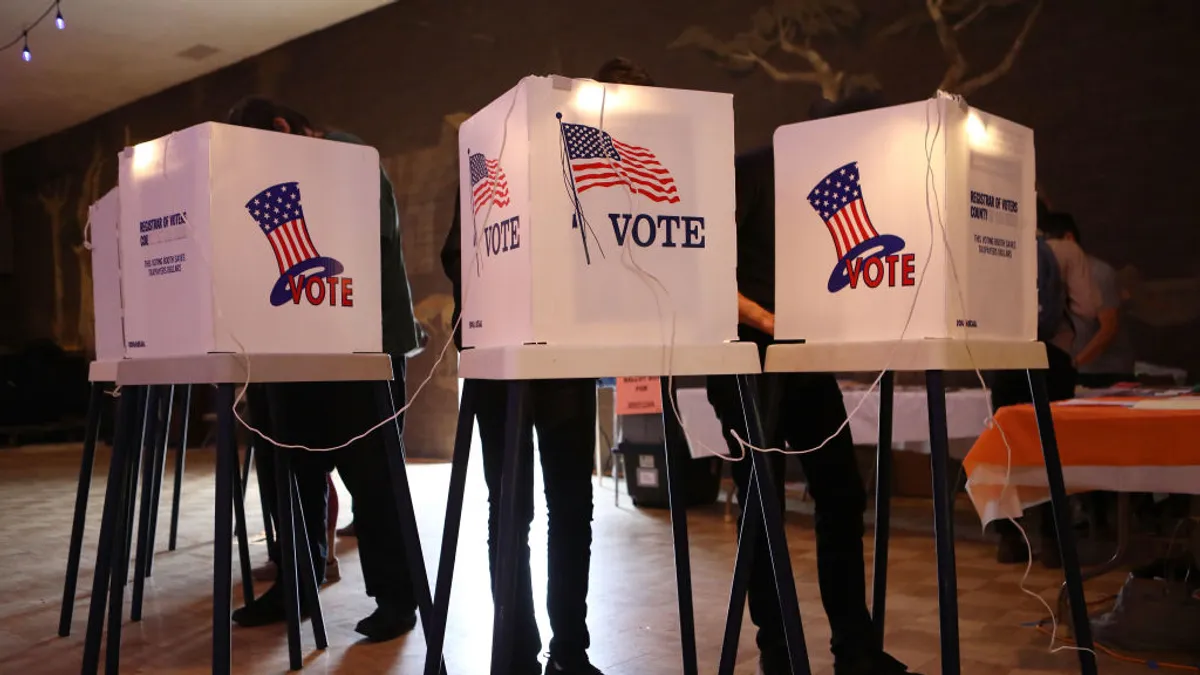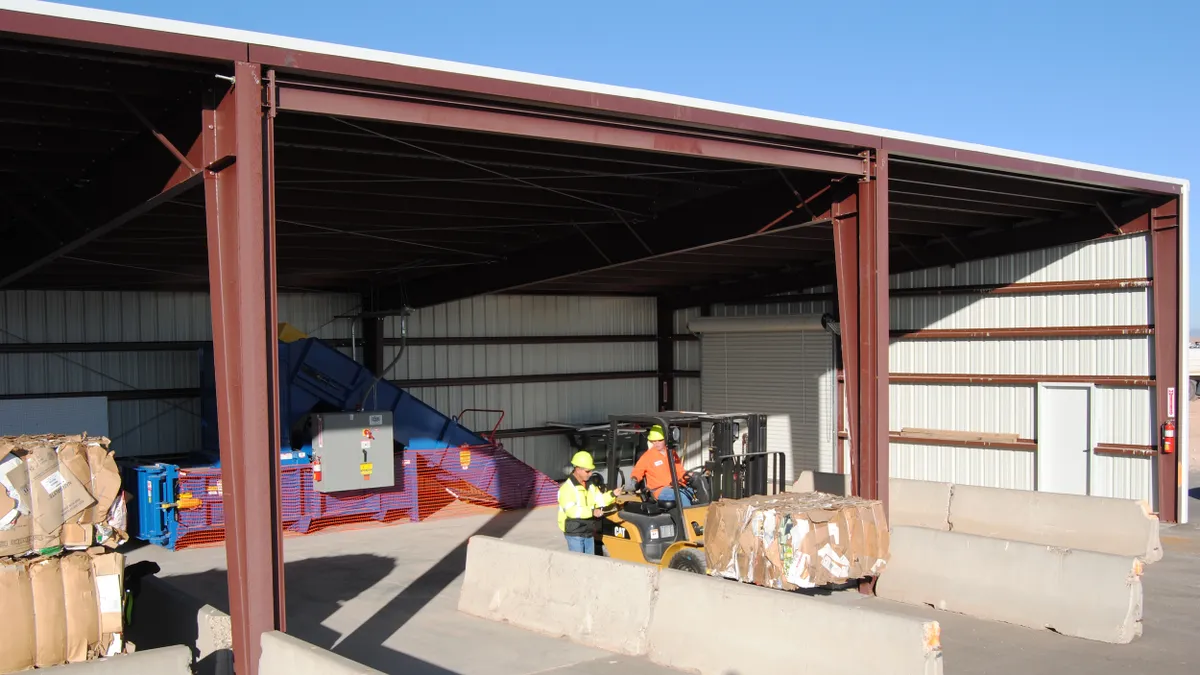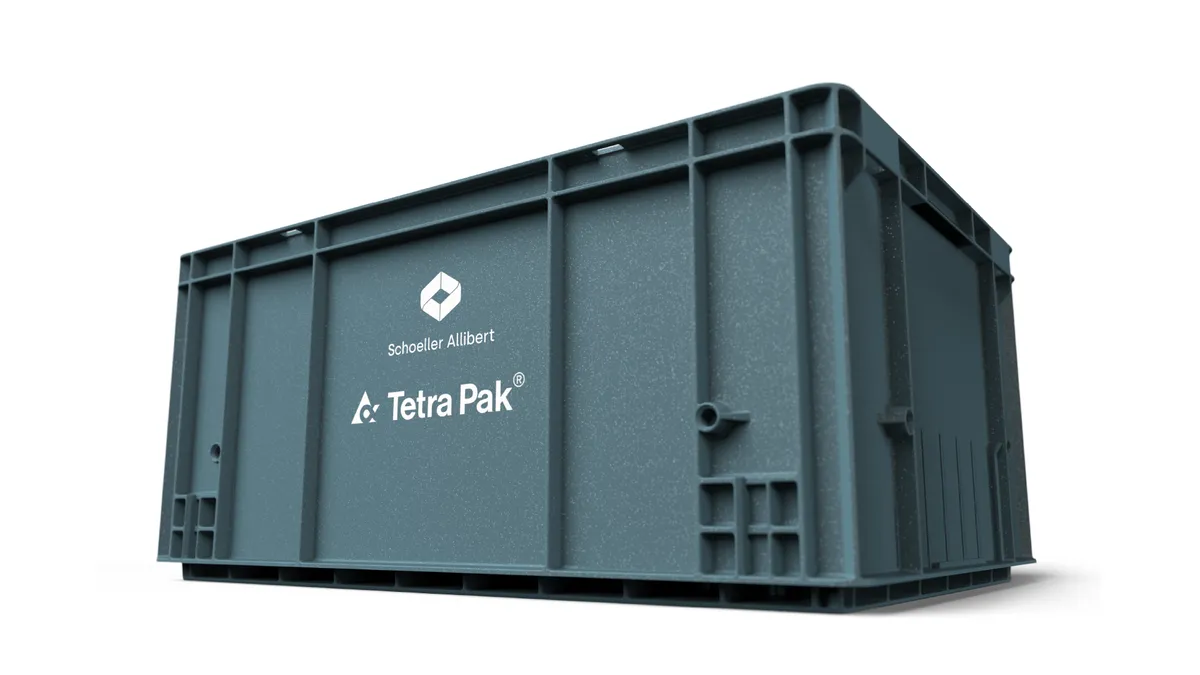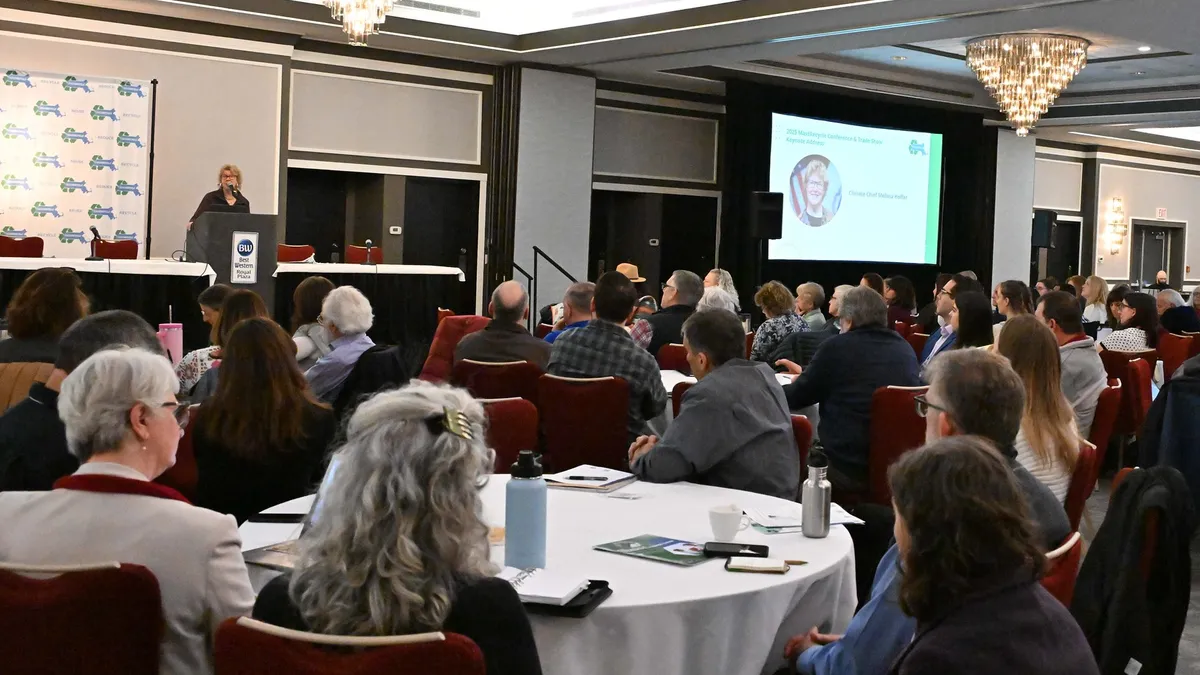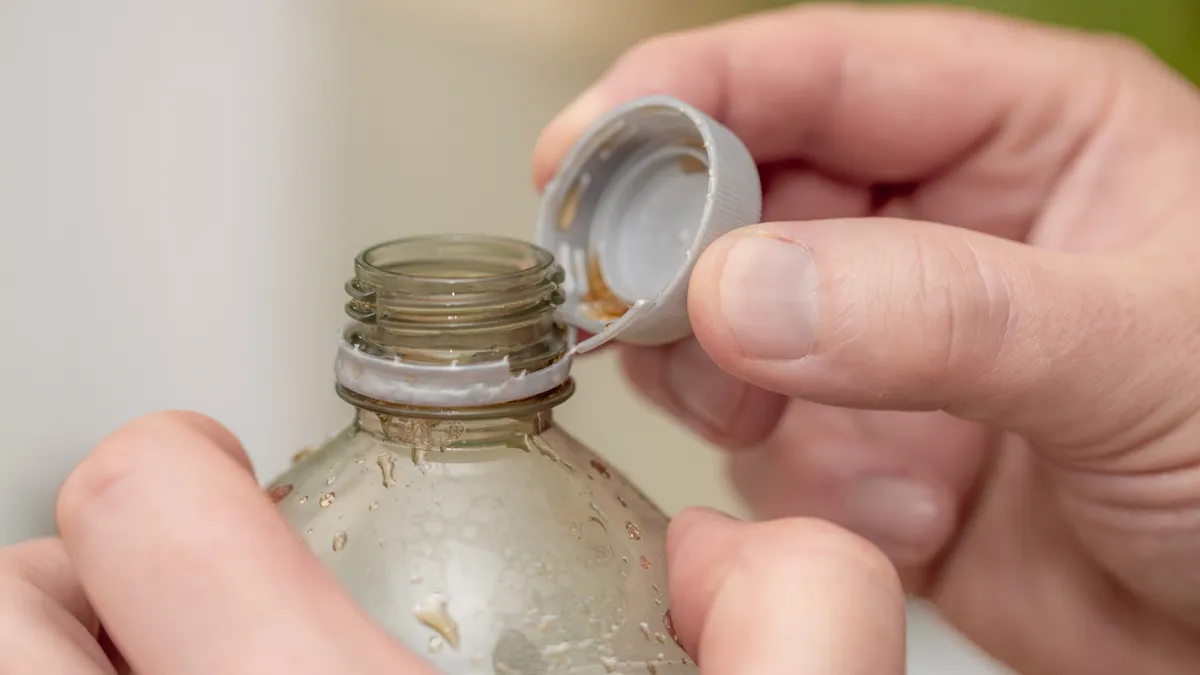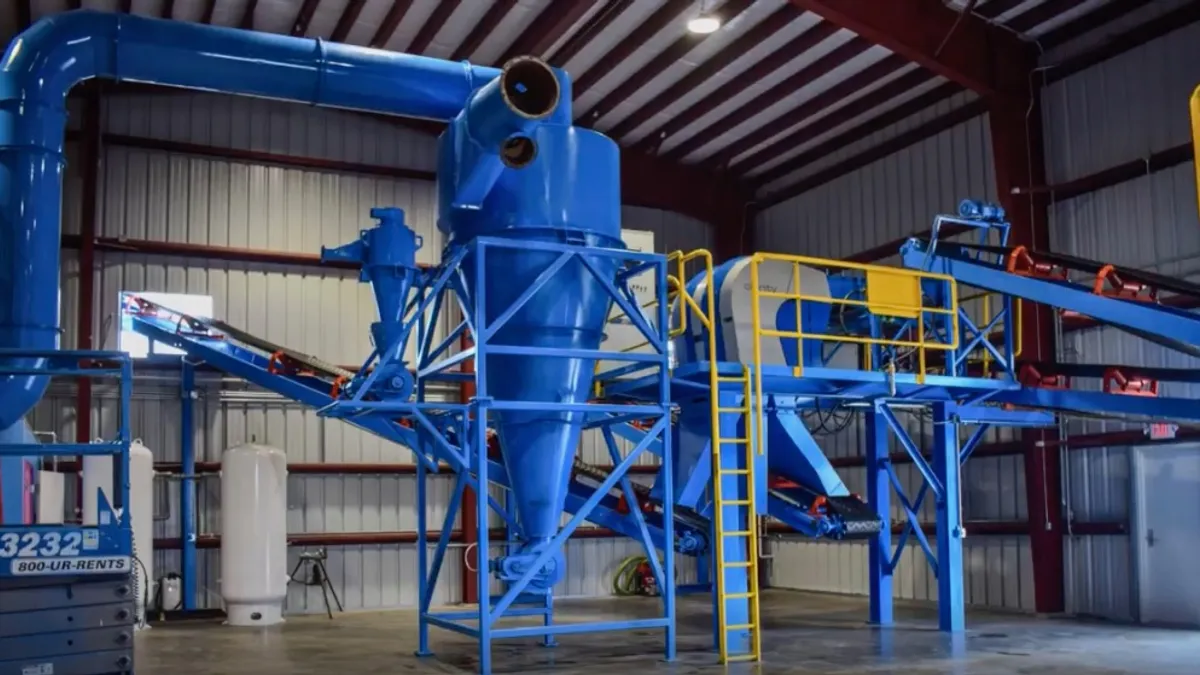New York City has been making measurable progress in recent years, but without significant buy-in from the public and local legislators, the Department of Sanitation (DSNY) recognizes that achieving "zero waste" by 2030 will be a tall order.
"We are on track but I’m going to need some help, folks," said DSNY Commissioner Kathryn Garcia during a Sept. 18 hearing of the City Council's sanitation committee. "There are going to be some big controversial projects that are going to come up in the future."
According to newly released data from FY17, the city's residential diversion rate was 17.4% and total diversion for DSNY-managed material was 20.5%. Exact data on the city's commercial diversion rate is often disputed, though some estimates put it in the low 20% range.
A potential "save-as-you-throw" program and commercial waste franchise zones were repeatedly mentioned as the biggest game changers during the multi-hour hearing on New York's "zero waste" progress. New strategies for engaging residents, such as publicizing district-level diversion rankings were also discussed. Council members repeatedly asked for more transparency on this publicly available data, though were hesitant about comparing neighborhoods.
The committee also discussed Intro. 1573, a bill that would codify New York's 2030 "zero waste" goal. DSNY supported the bill's intentions but didn't formally endorse it. This goal, established by Mayor Bill de Blasio in the 2015 OneNYC plan, is currently voluntary and subject to change by future administrations.
Even before the 2030 goal was established, New York's waste infrastructure and diversion programs had been changing for years. Though due to a long list of logistical, political, environmental and budgetary factors, this change often happens slower than some would like. The "zero waste" goal has undeniably accelerated this process, and expanded the scope of DSNY's work.
"For much of the 20th century, the Department of Sanitation primarily engaged in the carefully choreographed art of collecting and disposing whatever New Yorkers decided to throw away. Today, however, we know that 'away' does not exist," said Garcia during the hearing.
Over the last few years, the agency has created the largest curbside organics and e-waste collection programs in the country, taken a more active role in the commercial waste sector, and become more engaged in reuse and circular economy work, among many other initiatives. The expected implementation of single-stream recycling will mark another major change in 2020. Because of New York's unique scale and complexities, the implementation of each program is often held up as an achievement in and of itself. The question for many in local waste circles, including the council members that organized this hearing, is whether all of this work is showing results.
Thanks in part to a changing waste stream, New York has decreased its residential waste tonnage by 12% since 2005, even as population increased by 6%. However, as of FY17, more than 3.2 million tons of DSNY-collected material was still being disposed. The annual cost to export this material grows each year and is projected to reach $420 million by 2021.
Regardless of how progress is being measured — a 90% diversion rate or a 90% reduction in landfill waste — this shows that much work still remains. The fact that waste-to-energy usage is acceptable under this plan, and will increase in future years due to a long-term contract with Covanta, adds another wrinkle. A lack of clear data in the commercial sector makes it harder to assess progress on their own "zero waste" target.
This type of technical discussion and incremental progress can be inconvenient for council members looking to see clear results. Ongoing work to improve city data collection, engage more residents and enforce commercial recycling rules will help. Single-stream can also be expected to increase diversion — based on the experiences of other cities — while creating new contamination challenges.
Initiatives such as "save-as-you-throw" and franchising will be heavier lifts for a council that had one of its most contentious votes in years over adding a 5-cent fee to single-use bags. Upcoming city elections will bring some change to the council's membership, because some of them are term-limited. However, the politics around these issues are likely to remain the same.
All of these expected roadblocks or speed bumps raise the question of whether the city's 2030 goal is even achievable. For the multiple environmental, labor and industry groups that testified during the hearing, the conversation created by all of this was seen as potentially more important than the end goal itself.
"Skeptics argue that a zero waste policy is over-ambitious, if not unachievable, and therefore we shouldn't set such forward-looking goals. But the naysayers are wrong," said Eric Goldstein, New York City environment director for the Natural Resources Defense Council. "The zero waste goal is aspirational. It opens the door for new ideas and different approaches to be tried. And it's a symbol that can inspire the public to adopt new lifestyles that are more sustainable."
The need for more public and legislative support was emphasized many times from many corners. Representing the industry professionals that help carry out much of this work, the Solid Waste Association of North America also expressed their support for the 2030 goal — with a dose of reality.
"We have to acknowledge the difficulty, as no major east coast city diverts even half of their waste from disposal at the present time, and there is not sufficient infrastructure in or near New York City to manage the array of materials that are currently being generated," said SWANA CEO David Biderman during the hearing. "Achieving the city’s 'zero waste' by 2030 goal means asking all New Yorkers to change their consumption habits, which is much more difficult than passing laws or developing catchy 'zero waste' slogans."
A little more than two years into what could be described as New York's "zero waste" era, the city may be facing one of its biggest waste challenges yet. This goes beyond finding more efficient ways to pick up and process material. Making this happen will require more fundamental changes in the way manufacturers, the solid waste industry, politicians and residents view waste itself. That type of conversation about consumption and resource recovery is one that's still evolving even in the world's most sustainable urban centers.





